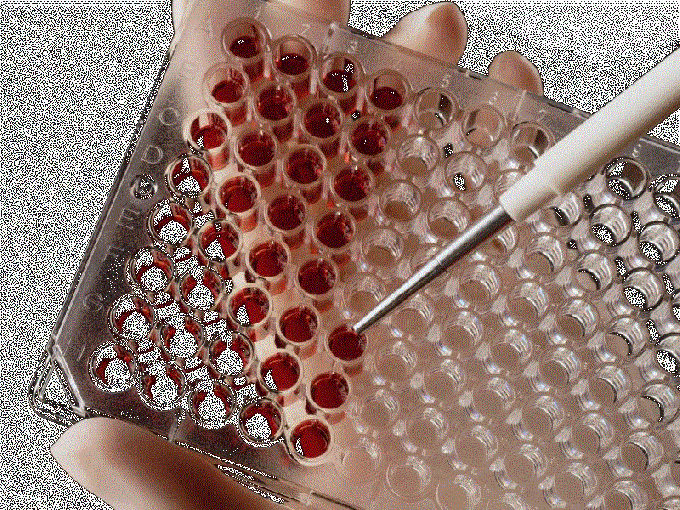Typically, clinical signs of blood poisoning depend on the species specific pathogen (Escherichia coli, Staphylococcus aureus, Pseudomonas aeruginosa, Streptococcus), location of primary tumor, and the condition of the human immune system. Important symptoms indicating the occurrence of the acute process in the body, are high fever, increased heart rate, increased blood pressure and lymph nodes, rash all over the body.
In addition, sepsis is accompanied by irreversible disorders in the most organs, increased sweating, irregular bowel movement and General malaise. The primary focus of sepsis may be located not only on the skin but also in internal organs such as the bladder, sexual organs, stomach and intestine after suffering inflammation, and respiratory system.
Unfortunately, this disease has a high mortality rate, so his treatment is no need to drag it. As soon as possible to seek medical help, because timely antibiotic therapy with a gradual decrease in body temperature can cleanse the body of toxins and provide quick cure from disease. Treatment of sepsis is necessarily performed in stationary conditions, where the patient takes a blood test to identify the causative agent. After that are prescribed medicines that improve heart function and diuretics.
In very severe cases the patient produces a blood transfusion with the introduction of specific serums. Local treatment consists in the treatment of wounds with antiseptics, after its opening and subsequent removal of the purulent content.
Everyone knows that the disease is a blood infection and it is much easier to prevent than to cure. For this you need to be able to provide for themselves and families help in case of wounds. The affected surface must be thoroughly washed with furatsilina, its pre-clearing.
Next you need to treat the wound with any antiseptic. This can be a brilliant green alcohol solution of calendula, chlorhexidine. And then it is advisable to impose tight gauze bandage. It should be noted that the very large wound surface will not be superfluous to get a tetanus shot as this disease presents the same hazard as blood poisoning.
In addition, sepsis is accompanied by irreversible disorders in the most organs, increased sweating, irregular bowel movement and General malaise. The primary focus of sepsis may be located not only on the skin but also in internal organs such as the bladder, sexual organs, stomach and intestine after suffering inflammation, and respiratory system.
How to treat blood poisoning
.Unfortunately, this disease has a high mortality rate, so his treatment is no need to drag it. As soon as possible to seek medical help, because timely antibiotic therapy with a gradual decrease in body temperature can cleanse the body of toxins and provide quick cure from disease. Treatment of sepsis is necessarily performed in stationary conditions, where the patient takes a blood test to identify the causative agent. After that are prescribed medicines that improve heart function and diuretics.
Every second patient develops sepsis in septic shock, the blood circulation of organs and tissues, then death occurs. In this case, we can only help of doctors..
In very severe cases the patient produces a blood transfusion with the introduction of specific serums. Local treatment consists in the treatment of wounds with antiseptics, after its opening and subsequent removal of the purulent content.
Prevention of blood poisoning
.Everyone knows that the disease is a blood infection and it is much easier to prevent than to cure. For this you need to be able to provide for themselves and families help in case of wounds. The affected surface must be thoroughly washed with furatsilina, its pre-clearing.
Heavily contaminated wound should be cleaned with hydrogen peroxide. It is worth considering that the introduction of a solution of hydrogen peroxide in a deep wound is not encouraged because of the risk of getting air bubbles in the blood..
Next you need to treat the wound with any antiseptic. This can be a brilliant green alcohol solution of calendula, chlorhexidine. And then it is advisable to impose tight gauze bandage. It should be noted that the very large wound surface will not be superfluous to get a tetanus shot as this disease presents the same hazard as blood poisoning.
